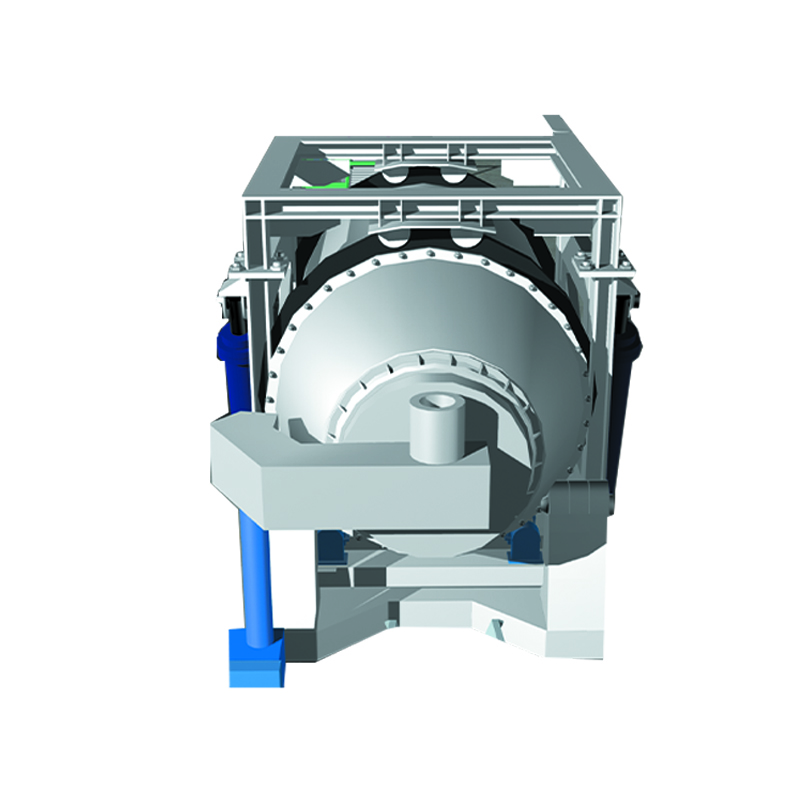NEWS&EVENTS
The water vapor and carbon dioxide produced by the combustion of natural gas in oxygen are highly oxidizing at high temperatures and can easily lead to a large amount of iron burning. The burning of iron-making elements is the technical problem that the Pure Iron Oxide Rotary furnace must first solve. The iron burning of a qualified rotary furnace is less than 1.5%. Two technical measures have been taken: (1) The heating power of the rotary furnace has been greatly increased, and the iron burning of the rotary furnace has been effectively reduced by shortening the melting time of the rotary furnace.(2) Dilute slag is used to protect solid furnace charge and liquid iron and reduce metal oxidation.

Silica sand is generally used to make slag for melting cast iron in rotary furnaces. The slag is particularly viscous, even dry, hard and lumpy, making it difficult to provide effective protection for the charge and liquid metal. It is necessary to develop a low-melting-point slag-making agent suitable for rotary furnace melting, which has a certain "wrapping effect" on solid charge and a good "covering effect" on liquid metal, effectively preventing the oxidation and burning of iron elements. It should be noted that there is an interaction between the slag-making agent and the lining material, and the production of low-melting-point thin slag requires a lining material that is suitable for it. By significantly increasing the heating power of the rotary furnace and making thin slag, the problem of high iron burnout rate in the rotary furnace can be effectively solved, with the iron burnout rate being around 1.3%.
In addition to iron burnout, the life of the furnace lining is also a problem. Usually, natural gas pure oxygen rotary furnaces generally use quartz acidic furnace linings. Factors that affect the life of the furnace lining include the size of the charge, the charge drop when charging, and the furnace temperature. If the charge size is large and the charge drop is large when charging, the impact force generated by the charge can easily cause local damage to the furnace lining and significantly reduce the life of the furnace lining. If the furnace temperature is too high, it can easily cause melting and chemical corrosion of the furnace lining material.